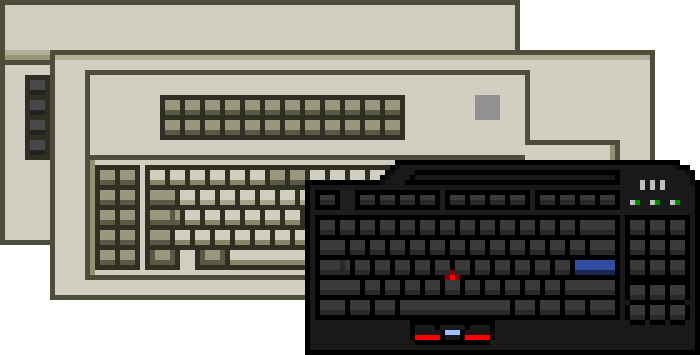P/N 2658977 - Model B Keyboard Details & Specs
Provided by the ASK Keyboard Part Number Database
IBM 5281/5282/5285/5286 Data Station Typewriter Keyboard
| Type | Model B 5281/5282/5285/5286 Typewriter Keyboard (528X-83 type Model B) |
|---|---|
| Nickname | Beamfoot |
| Known host systems | IBM 5281 Data Station (IBM 5280 family) IBM 5282 Dual Data Station (IBM 5280 family) IBM 5285 Programmable Data Station (IBM 5280 family) IBM 5286 Dual Programmable Data Station (IBM 5280 family) |
| OEMs or ODMs | IBM |
| Keyswitches | IBM beam springs |
| Earliest appearance | |
| Original keycaps | SAN with double-shot legends (w/ possible pad-printed front-printed legends) |
| Cover colour | Pearl White |
| Branding | None |
| Feet | None |
| Connection | Grey straightened-style fixed DB-25 cable |
| Number of keys | 83 |
| Layout & language | Germany |
| Sources | Doc: IBM 5281 Data Station and IBM 5285 Programmable Data Station Parts Catalog (#S131-0633-1) [source: bitsavers] |
| Data last updated |

